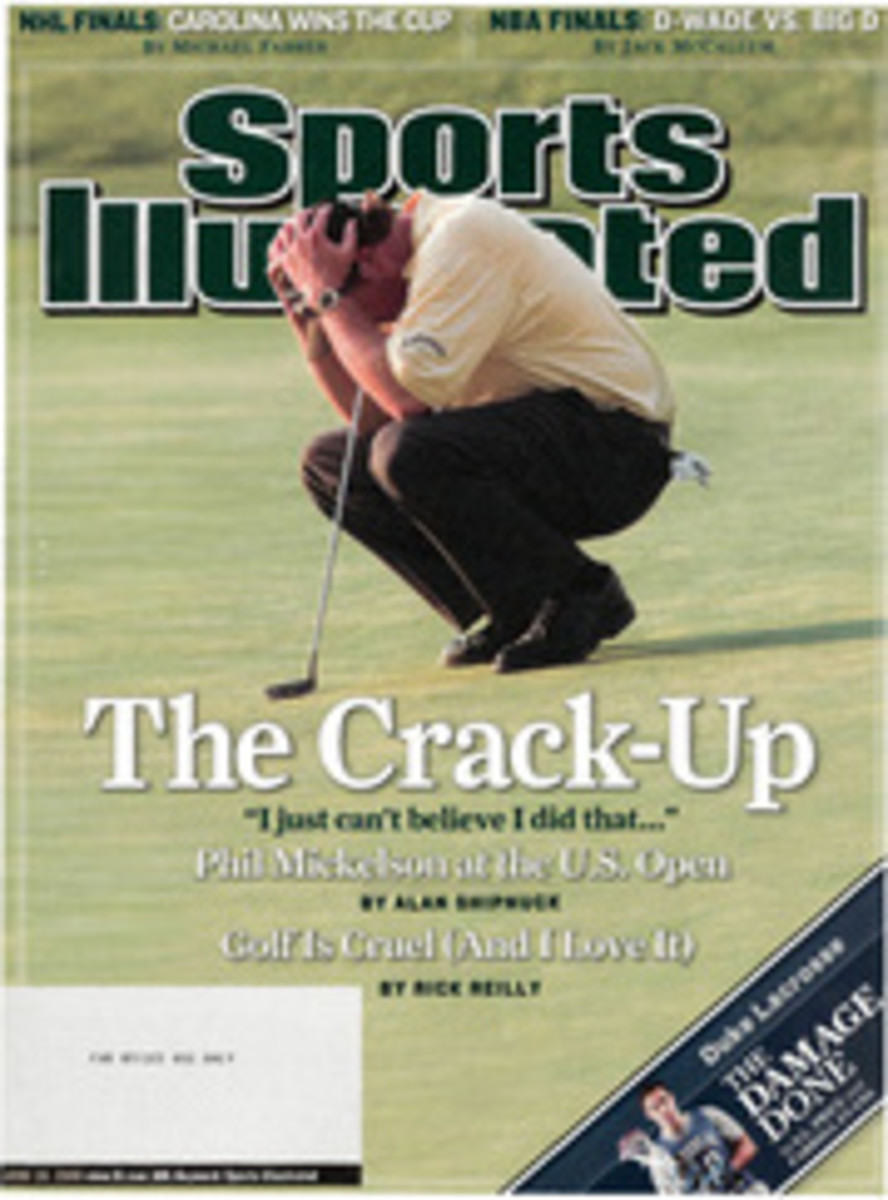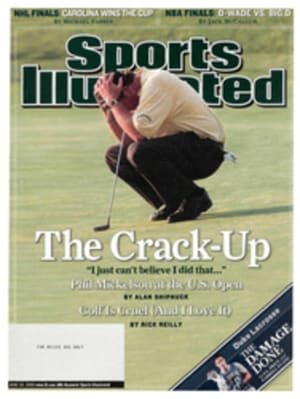
Patriot Gains
After each win inGeorge Mason's Cinderella run to the 2006 Final Four, Patriots coach JimLarranaga was careful to talk about more than basketball with reporters. Hewould mention Mason's academic strength--including the Nobel Prize winners onits faculty--and its diverse student body. Watching at home, Andrew Flagel, theschool's dean of admissions, would beam. "The great thing about Jim is, noone had to get on the phone and say, 'Here's what we want you to talkabout,'" Flagel says. "We just needed to stay out of his way."
George Mason'sstring of upsets over such name-brand programs as Michigan State, NorthCarolina and Connecticut was certainly a boon to the basketball program, butofficials at the 34-year-old university in Fairfax, Va., believe the wins couldgive an even greater boost to the school. Soon after the tournament ended, theadministration established a committee called Operation Legacy, and it has beentrying to maximize the benefits of the team's success ever since.
Despite being thelargest university in Virginia, with almost 30,000 students, George Mason issometimes confused with George Washington and James Madison, more establishedneighboring colleges named for better-known founding fathers. Part of theschool's image problem is that only about 4,000 of its students live on campus;the rest are commuters. Now, says school president Alan Merten, "we nolonger have to answer the question, What is George Mason University? We'vebecome a household word."
George Masonwould have had to spend at least $50 million for a public-relations campaignthat gave it the exposure it received during the tournament. That's theconservative estimate of C. Scott Bozman, an associate professor of businessmarketing at Gonzaga, who studied the benefits of hoops success at his ownschool. Robert Baker, a George Mason associate professor who will beundertaking a similar analysis this summer, says, "We should exceed thatamount if we're thorough [in tracking every mention]."
The publicity hasalready shown returns. Student inquiries and tour sizes have tripled, andmerchandise sales have skyrocketed. In March the campus bookstore sold morethan $800,000 worth of George Mason clothing, compared with $625,000 worth inall of 2004--05.
The surge inMason pride is expected to boost alumni donations as well. During thetournament more than 1,000 alums registered on the school's website, increasingthe size of the database by 10%. Judith Jobbitt, the school's vice presidentfor alumni affairs, says George Mason hopes to increase fund-raising for thecoming year by 25%, to $25 million.
The admissionsoffice was particularly aggressive in capitalizing on Mason mania. It sent atorrent of e-mails to students who had applied to the school, using thebasketball news as an entree to tout the university's academic virtues. Theschool projects a 2% increase in the number of applicants who say yes to anacceptance letter. Flagel also expects to see an uptick of 10 points in thestudents' average SAT score.
There areskeptics, of course, about the notion that sports can elevate a university."It's silly," says Andrew Zimbalist, an economics professor at SmithCollege and author of Unpaid Professionals, a critical look at college sports."A school can get a short-term kick, but the gain doesn't sustainitself." Many schools, he says, end up losing money--and theirvalues--chasing that winning feeling.
George Mason willin fact be spending more money. The school gave Larranaga a pay raise, somecontractual bonuses and an extra $100,000 just for being such an effectivespokesman. It will also fast-track the construction of a $5 million sportspractice facility that previously languished on a long-term wish list.
Merten isconfident that his school can build its hoops program and retain its soul. Hehas always seen sports as George Mason's "front porch," as he puts it;he meets with every basketball recruit in his office and attends every homegame.
Tom O'Connor,Mason's AD, thinks the team captivated people not just by winning but also byhow it played. "I don't want us to change," he says. "That's mychallenge. If we change, we're not who we are anymore."
The Spoils Get Sweeter
NCAA Tournament success can earn a school a windfall,but it also brings big expenses. Travel costs for the team, cheerleaders, bandand countless officials are barely covered by the money the NCAA pays out.Teams get roughly $1 million for being in the tournament and another $1 millionfor each win, up to a ceiling of $6 million, paid out over six years. The moneythen gets split with conference schools, which in George Mason's case meantequal shares for all 12 teams in the Colonial Athletic Association.
But at their annual meeting two weeks ago, in HiltonHead, S.C., the CAA athletic directors decided that teams should have moreincentive to succeed. They voted to apportion teams a greater share of theirwinnings, which for George Mason will mean an extra $1.1 million if, asexpected, the school presidents ratify the deal. "There was a universalfeeling that, even though everyone could have been selfish, the right thing todo was recognize Mason's extraordinary accomplishment," says commissionerTom Yeager.
PHOTO
JONATHAN ERNST/REUTERS (INSET)
SCHOOLSPIRIT Will Thomas (inset) & Co. inspired Patriots pride in alums andapplicants.
PHOTO
EVAN CANTWELL/CREATIVE SERVICES GMU
[Seecaption above]

